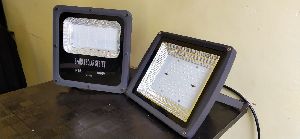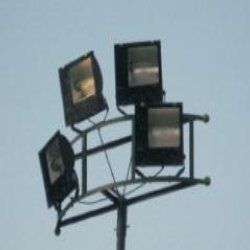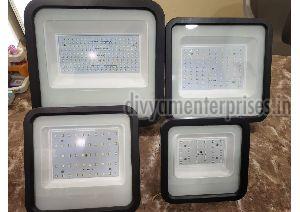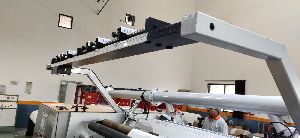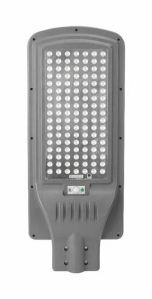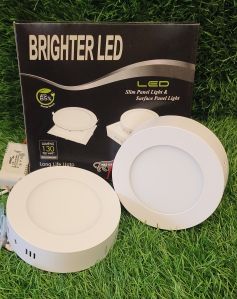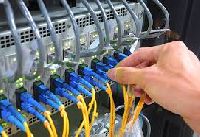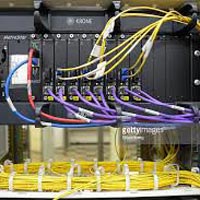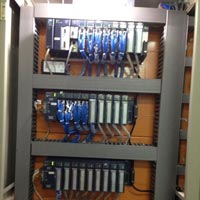Listing ID #4761324
Company Information
Ask for more detail from the seller
Contact SupplierLight-emitting diodes (LEDs) are a relatively old technology (1970s) that has advanced from use in numeric displays and indicator lights to a range of new and potential new applications, including exit signs, accent lights, task lights, traffic lights, signage, cove lighting, wall sconces, outdoor lighting and downlighting. LEDs offer benefits such as small size, long lamp life, low heat output, energy savings and durability. They also allow extraordinary design flexibility in color changing, dimming and distribution by combining these small units into desired shapes, colors, sizes and lumen packages.
LEDs are solid state semiconductor devices. LED illumination is achieved when a semiconductor crystal is excited so that it directly produces visible light in a desired wavelength range (color). LED units are small, typically 5mm (T 1-3/4).
When an LED unit is activated, a power supply converts AC voltage into sufficient DC voltage, which is applied across the diode semiconductor crystal. This results in electrons (negative charge carriers [N]) in the diode's electron transport layer and holes (positive charge carriers [P]) in the diode's hole transport layer combining at the P-N junction and converting their excess energy into light. The LED is sealed in a clear or diffuse plastic lens that can provide a range of angular distributions of the light.
The color composition of the light being emitted by the LED is based on the chemical composition of the material being excited. LEDs are available that can produce colors including white, deep blue, blue, green, yellow, amber, orange, red, bright red and deep red.
LEDs are low-voltage, low-current devices and efficient light sources. For red, amber, yellow, green and blue LEDs, new materials have been developed that are more efficient than traditional materials, producing efficacies (lumens per watt) greater than incandescent lamps and rivaling fluorescent lamps. A. Efficacies as high as 100 LPW have already been achieved in laboratory conditions. According to Steve Johnson, group leader of lighting research for the Lawrence Berkeley National Laboratory, "It is not unrealistic to expect the efficacy of solid-state sources to achieve 150-200 lumens per watt in the coming decades."




